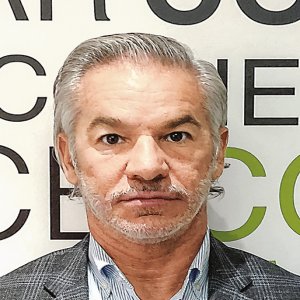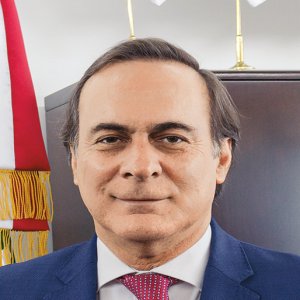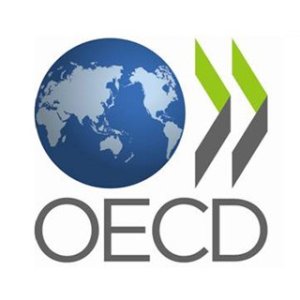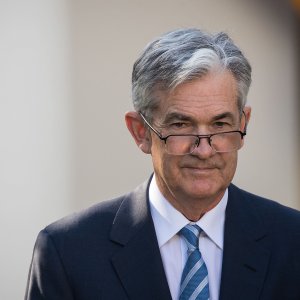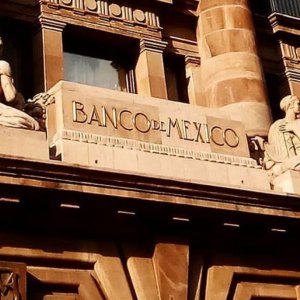Latin American Expertise to Manage Mexican Investments

STORY INLINE POST
Q: BTG Pactual is Latin America’s largest investment bank. After three years, what is the bank’s position in Mexico?
A: BTG Pactual’s largest operations are in Brazil but we also have operations in Argentina and Peru, with two investment units in Colombia and Chile. In the latter two, BTG bought the most important local investment banks, so we are very active in these two countries. In Mexico, we built the operations from the ground up. We have a brokerage house and an investment fund operator and we do M&As and provide consultancy for IPOs, among others. In Mexico, we have a relatively compact operation but we have participated in a significant number of IPOs in the past two and a half years.
Q: What have been the largest challenges BTG Pactual has had to overcome in Mexico?
A: In Mexico, we compete with many investment banks that have been operating here for years. Our direct competition includes international banks like Morgan Stanley, Goldman Sachs and Barclays and Mexican institutions. It is not an easy task but I think that we have done significant work. We are making an effort to increase our brand awareness.Our distribution capacity in Latin America is a competitive advantage we can offer our clients, together with our analytical capacity. We have analysts based in Brazil, New York and London, among others, who are specialists in different industries and who give us a significant capacity to understand a variety of businesses and sectors.
Q: What are the challenges of developing a healthy investment ecosystem in Mexico?
A: The problem we have in Mexico is that there are few issuing entities. The Mexican Stock Exchange is very small compared with its Brazilian counterpart. In Brazil, there are more listed companies than in Mexico, which makes it a larger market with greater liquidity. In Mexico, there are many large and medium-sized companies that are not listed. One reason for this is culture. Many companies do not become public due to the conditions that this operation implies, such as the need to implement corporate governance and to establish transparent practices. Some companies are not willing to follow this path, but those that have done so have discovered that the market is an important source of resources and funds.
The business community needs to be convinced that becoming a public company not only provides access to capital sources but also allows for involvement in practices like the creation of corporate governance and can also help solve inheritance problems that many family businesses face.
Q: Given the international economic and geopolitical outlook, which economic model should a country like Mexico favor to continue growing?
A: We need to gauge the price paid for Mexico’s economic stability and evaluate all the elements that are a consequence of the financial crises that Mexico suffered in the 1980s and 1990s. The first thing that must be done is to preserve the country’s macroeconomic stability and its capacity to absorb external shocks. The fall in oil prices is an example. The country was able to absorb this problem from a fiscal point of view thanks to the exchange rate. Mexico has become a more resilient economy and we must properly recognize the elements that have fostered this resilience.
We also need to focus on increasing the economy’s productivity and competitiveness. The structural reforms represented major milestones but there is still a long way to go. All this needs to be accompanied by respect for the rule of law and the country’s institutions. Mexico has been able to build institutions and similarly, the country will be able to increase its competitiveness and its resilience. A clear example is the autonomy of Mexico’s central bank. The fact that Banxico has been autonomous since 1994 facilitated the construction of several elements to ensure macroeconomic stability, such as the central bank’s prohibition against financing the government and its focus on preserving purchasing power.

